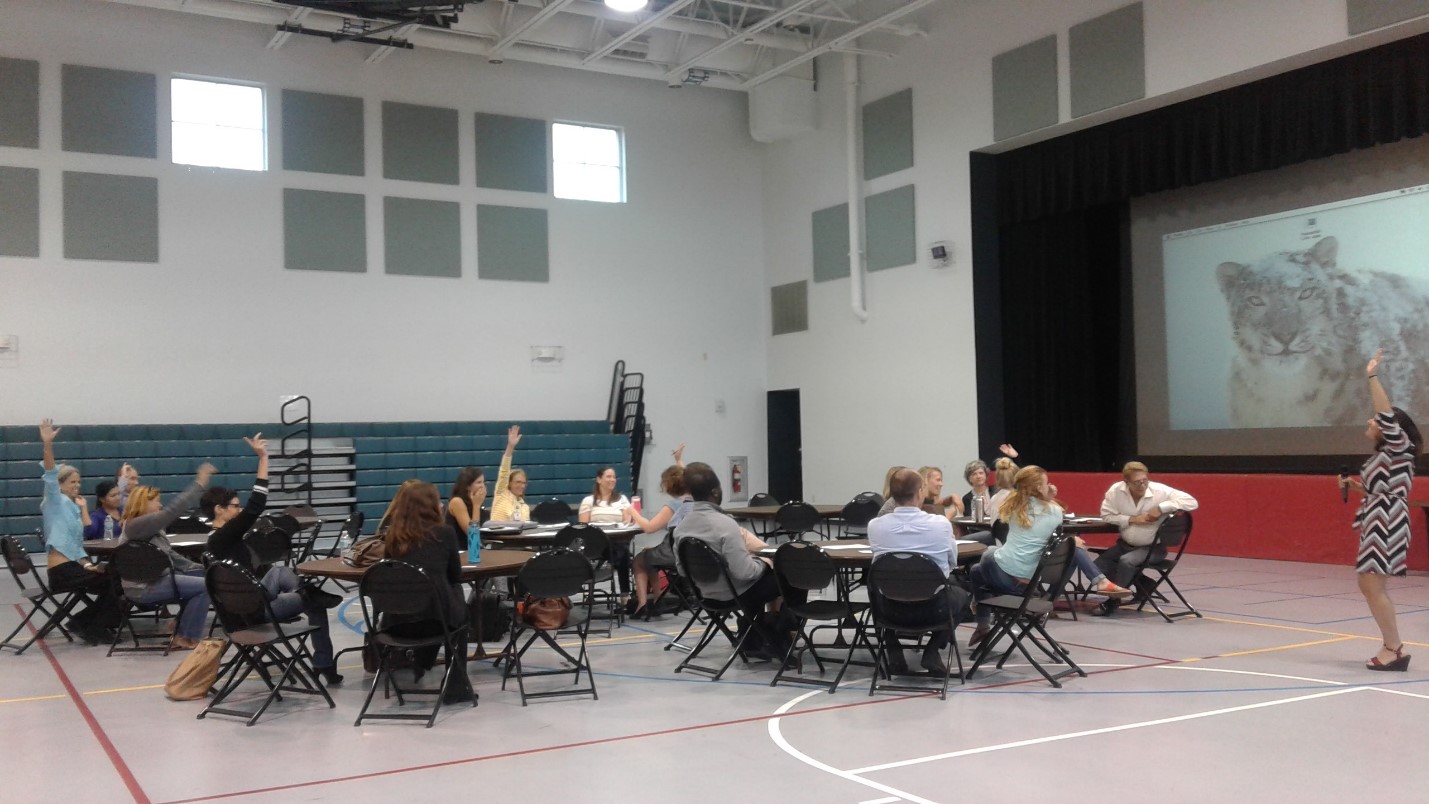Challenge
Florida’s extensive coastline means the state is highly vulnerable to extreme weather and flooding. Being prepared for these risks requires knowledgeable local planners with the best available tools and information, as well as a statewide network of planners who can coordinate and learn from each other.
Solution
NOAA convened several regional planning councils for trainings on the use of Digital Coast resources. They also taught them how to offer their own local trainings. As a result, these planning councils hosted workshops for officials throughout the state, where they taught them how to use tools, such as NOAA’s Coastal Flood Exposure Mapper, to identify the people and places at risk from extreme weather, and how to respond accordingly. Florida officials have continued to incorporate this knowledge into their plans, and have used it to save money through FEMA’s Community Rating System.

